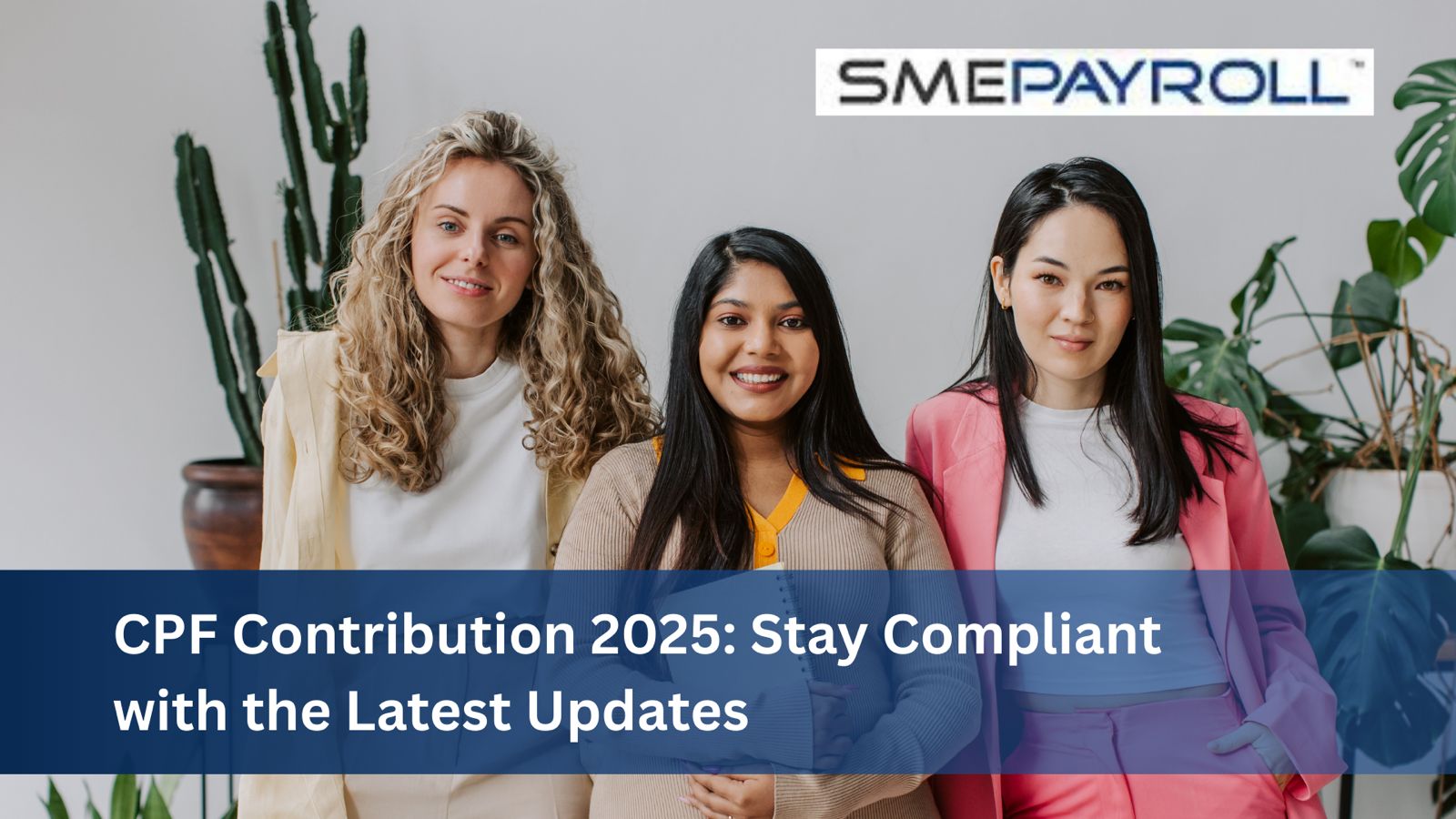CPF contributions in Singapore are an important part to be understood for all working professionals. Most of the employees are either confused with the amount they are contributing and how to determine if it’s accurate or not.
I have designed this guide to help you understand the basics of CPF contributions, how you could determine the accuracy and how to calculate.
Table of Contents
Key Components of CPF Contribution
I would ask you to emphasize on the basic details of calculations, I will help you with a simple beginning providing you an idea on how things progresses. CPF simply means Central Provident Fund and its systematically designed national social security set up intended to provide financial security to old age pensions and cover retirement, health care, and housing needs.
Also Read: 8 Key Changes to Singapore CPF Contribution Rates
The employer and employees both are obliged to make contributions to the CPF monthly depending upon their age and salaries.
The CPF contribution rates are mainly determined by factors like;
- Your age
- Your citizenship status
- Your monthly wage
How Much You Pay? CPF Contribution Rates 2025
| Employee’s age (years) | Contribution rates from 1 January 2025
(monthly wages > $750) |
||
| By employer
(% of wage) |
By employee
(% of wage) |
Total
(% of wage) |
|
| 55 and below | 17 | 20 | 37 |
| Above 55 to 60 | 15.5 | 17 | 32.5 |
| Above 60 to 65 | 12 | 11.5 | 23.5 |
| Above 65 to 70 | 9 | 7.5 | 16.5 |
| Above 70 | 7.5 | 5 | 12.5 |
How To Calculate Salary from CPF Contribution?
- Determine Total Wages Subject to CPF Contributions;
- Ordinary Wages (OW): Basic salary, overtime pay, and allowances.
- Additional Wages (AW): Bonuses, commissions, and other payments that are not part of the regular salary.
- Apply Wage Ceilings: CPF contributions are calculated based on a monthly wage ceiling, which is currently set at $7,000 for Ordinary Wages and $7,000 for Additional Wages.
- Determine CPF Contribution Rates;
- Singapore Citizen or Singapore Permanent Resident (SPR) from the third year of SPR status: Use Table 1.
- SPR in the first year of SPR status: Use Table 2.
- Age Groups: Different rates apply to different age groups (e.g., under 55, 55-60, 60-65, etc.).
- Contribution Rates: The CPF Board provides tables (shown below) with the specific contribution rates based on age and wage bands.
- Compute Total CPF Contributions;
- Apply Contribution Rates: Multiply the Total Wages subject to CPF contributions by the contribution rates under which you fall.
- Employer and Employee Contributions: The total CPF contribution is divided between the employer and employee.
- Round Up: Round up the contribution amount to the nearest dollar.
Key Takeaways To Monitor CPF And Invest Smartly
- Monitor the CPF policy changes to plan accordingly and make the most of CPF savings and interest.
- Know how much you and your employer contribute to your CPF as per your age
- Leverage the extra 2% interest on the first $30k in your OA and SA
- Use CPF for paying home loans to reduce cash payments
- Remember to nominate CPF beneficiaries to simplify disbursement
- Boost SA balance before 55 to get higher monthly payouts in retirement
Also Read: How to Streamline Your Onboarding Process with SMEPayroll 2025
Beyond using your CPF Ordinary Account to service your home loan, you can also invest to make more money;
- Invest Your CPF Through CPFIS: The CPF Investment Scheme (CPFIS) enables you to invest your CPF funds in several approved products.
- Top Up Your CPF Special Account (SA) and Retirement Account (RA): Experts suggest voluntarily top up your SA and RA to pad your retirement funds. The first $8,000 in voluntary RA top-ups enjoy tax relief.
- Use CPF to Pay Partial Down-payment on Investment Property: If you take a bank loan, you can use up to 30% of your CPF as the down-payment on your second or subsequent residential property in Singapore.
Conclusion
CPF is a comprehensive scheme run by the Singaporean government, to facilitate retired professionals in their old age. It helps in financial instabilities and provides the chances to invest and multiply the savings even more. Make sure you check the rates whenever they are revised and then duly every month check the salary slips to ascertain if the same is deducted from your wages along with contributions from your employer.






















Leave feedback about this